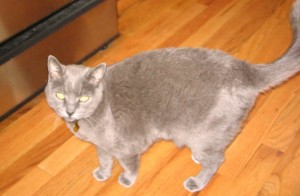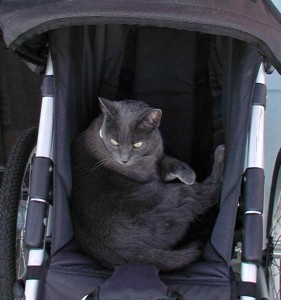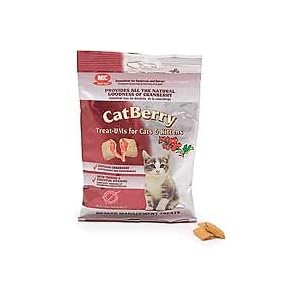It seems as if more and more dogs are having sensitivities these days, just as it seems like more and more people are suffering from undiagnosed sensitivities. In dogs, sensitivities can manifest as excessive itching, often to the point where there are bald, raw, irritated spots. Constant chasing of his own tail, tremendous anxiety, and chewing on furniture can also be signs of food and chemical sensitivities in a pet.
Perhaps more dogs are suffering these days because we are feeding them the wrong foods such as grains, GMOs, and other fillers in our commercial dog foods? Just a theory.
Here are some things you can do to help relieve your doggy of his incessant itching and scratching.
Hypoallergenic Dog Food
If your dog is suffering, the first thing to try is a hypoallergenic dog food that is simple with only one carb and one protein, such as potato and lamb. Try a natural pet foods store for a good selection, or make your dog a Glorious One-Pot Meal! One friend prepares simple Glorious One-Pot Meals for her older dogs who have sensitive systems, and feeds them real foods without any processing.
Fish Oil
Depending on the size of your dog, pour a tablespoon or so of fish oil on his food every day (not in his water, as he will pee nonstop until it all comes out!). Fish oil and its omega 3 fatty acids is helpful not just for skin conditions, but also for doggy arthritis and mental clarity. If the fish oil makes your pup too loose in the stools, dial it back until you find the right amount that he can tolerate. The fish oil should also give him a shiny coat.
Probiotics
Yup, animals need to have a healthy population of gut bacteria just like we do. Check that same natural pet foods store, or often even the big pet supply stores will often have a pet probiotic. Instead of forcing a pet to take a pill (one of my least favorite activities!), I will open the capsule and mix it in with wet pet food that I know will be eaten immediately.
Often pets will respond to the same therapies and supplements that people will. After all, we’re all mammals with the same basic functional systems. A few years ago, I learned how to manage my cat’s feline chronic renal failure (CRF) with a dietary change and strategic supplements. Today, she’s a healthy and kicking 15-year old cat who pees only in her litter box and is vocal about her other needs (mostly for open doors and love and attention!). All I did was treat her as if she were a human patient, and she bounced back from the brink.
I am constantly amazed by the power of mammalian bodies to heal when given the opportunity.

 It started when we noticed that Blue, a 13-year old Russian Blue, was peeing all over the house. She had done this once before, almost 5 years ago, after we moved into a new house and she was too frightened to go to the bathroom outside, as she had done her whole life up until then. We set up a litter box but she would only use it some of the time.
It started when we noticed that Blue, a 13-year old Russian Blue, was peeing all over the house. She had done this once before, almost 5 years ago, after we moved into a new house and she was too frightened to go to the bathroom outside, as she had done her whole life up until then. We set up a litter box but she would only use it some of the time.



